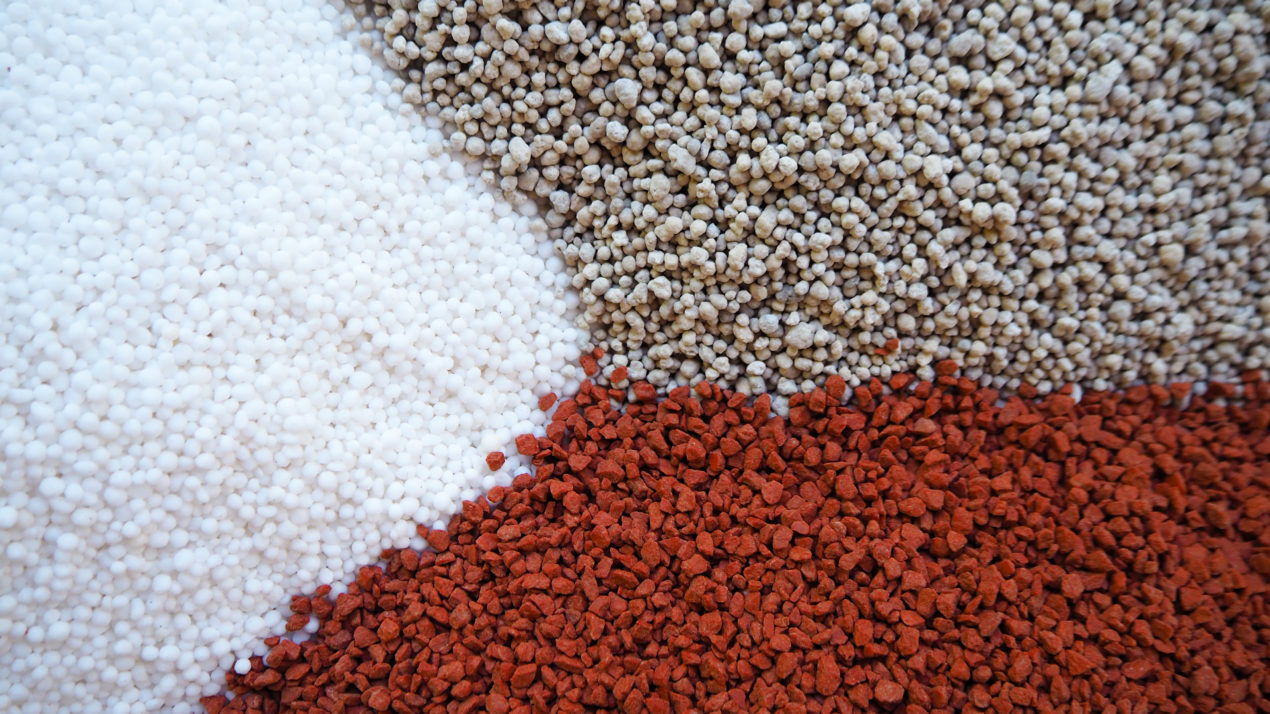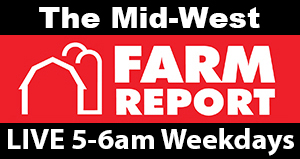
The Fertilizer Institute is asking lawmakers to update transportation infrastructure. Public affairs Vice President Kathy Mathers says updating railroad, locks and dams, and easing truck regulations would go a long way in helping farmers not only have access to vital nutrients, but also keep it affordable.
Fertilizer prices spiked in 2022, and since roughly October, prices have come down, Mathers says.
“But now we’ve seen a little bit of a spike, probably somewhat due to the fact that we have growers going out in the field and figuring out exactly what we need, and the supply chain is always stressed, but it’s really stressed now,” she says.
The factors that influence fertilizer prices are vast on today’s global market. One example are geopolitical issues, such as the Russia-Ukraine War or China banning fertilizer exports. Another is demand, such as when corn prices skyrocketed and farmers decided to plant corn, which required more Nitrogen. Or when Nitrogen production was shut down in Europe, leaving farmers with supply needs.
“It does really depend on what the issues of the day are,” Mathers says of fertilizer prices. “It’s geopolitical, it’s economic, it’s supply chain.”
She recommends Wisconsin farmers work and communicate closely with their fertilizer and chemical retailers who talk to manufacturers regularly and can feel out the market. If your retailer is aware of your needs, then they can work to make sure you have it.
Mathers says there is enough fertilizer produced.
“The biggest question is how to get it to where it needs to be for that just-in-time delivery,” she says. “We have a really old system of locks and dams — technology that we’ve put duct-tape on.”
But it’s not just the locks and dams system. Mathers explains that every ton of fertilizer needs two to three modes of transportation. Over 50 percent of all fertilizer travels at some point by rail. She lists off issues that are plaguing rail transportation today: labor, crew size, rail car availability, and regulatory decisions that hurt just-in-time delivery.
To tackle these issues, The Fertilizer Institute works closely with the Surface Transportation Board, Federal Railroad Administration, U.S. Department of Transportation and the U.S. Army Corps of Engineers.

Leave a Reply